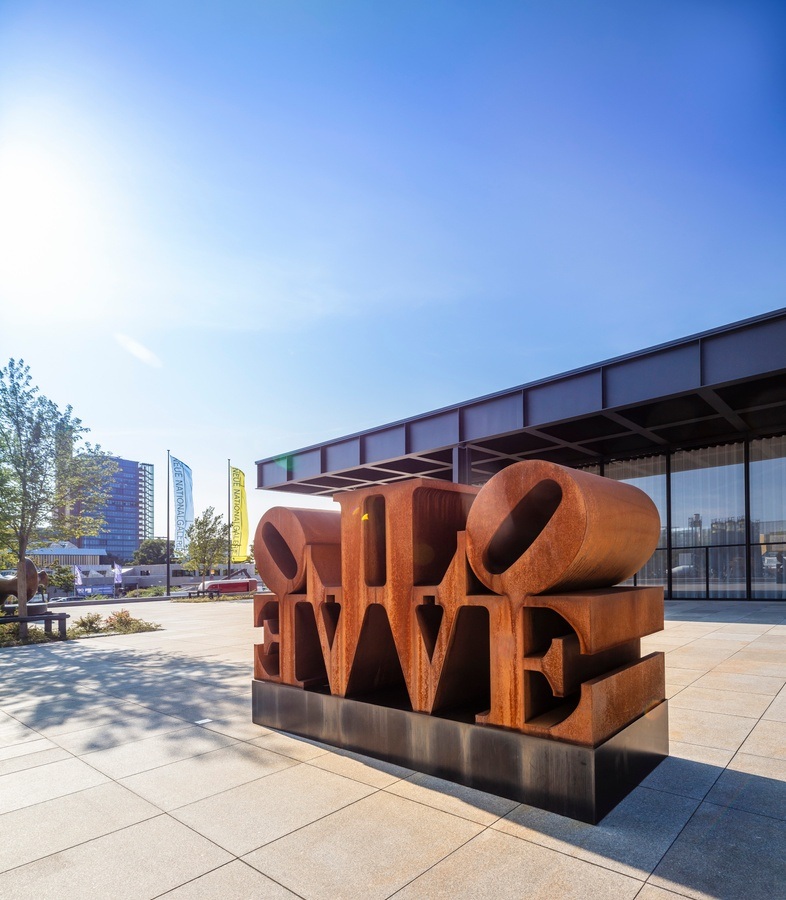
Neue Nationalgalerie
In the location's words:
The New National Gallery displays 20th century visual art from the collection of the National Gallery, which has five other locations: Alte Nationalgalerie, Friedrichswerder Church, Museum Berggruen, Scharf-Gerstenberg Collection and Hamburger Bahnhof - Museum für Gegenwart - Berlin.
After nearly 50 years of use since its opening in 1968, the Neue Nationalgalerie underwent extensive renovation and modernization between 2015 and 2020.
The Neue Nationalgalerie was the last work of the internationally famous architect Ludwig Mies van der Rohe. With the museum's glass Upper Hall, he completed his longtime preoccupation with flowing, open space. The architect died shortly after the building was inaugurated. Thus, the New National Gallery, with its steel roof and reduced formal language, is not only an icon of modernism, but also the legacy of a visionary 20th-century master builder.
In terms of urban development, the museum was originally located on the edge of what was then West Berlin. Here it was built as an essential component of the Kulturforum planned by Hans Scharoun. The reunification of Germany and the new buildings at Potsdamer Platz gave the Neue Nationalgalerie its current eventful environment in the center of the city.
The history of the Neue Nationalgalerie is consequently closely linked to the division of Germany and the city of Berlin after the Second World War. The collection of the National Gallery, formerly founded on Berlin's Museum Island and in the 1920s also on display in the Kronprinzen-Palais on the boulevard Unter den Linden, was initially administered by the Magistrate of Greater Berlin after 1945. Due to the foundation of two German states with different political systems, the path of the collection was divided from 1949 on.
While the building of the National Gallery on Museum Island continued to be used in East Berlin, there was initially a lack of space in the West. From the end of the 1940s, the magistrate in West Berlin worked to rebuild the collection under the title "Gallery of the 20th Century". At the same time, parts of the National Gallery's original collection had remained in West Germany after the end of World War II and became the property of the Prussian Cultural Heritage Foundation, founded in 1957.
In the course of merging the Foundation's collection with the municipal "Gallery of the 20th Century," Mies van der Rohe was commissioned in 1962 to build a new museum so that the 20th century collection could be shown in West Berlin. In September 1965, the architect came to Berlin for the laying of the foundation stone. Two years later, he also personally attended what was probably the most spectacular construction step, the hydraulic raising of the gigantic steel roof.
On September 15, 1968, the building was opened under the name "Neue Nationalgalerie" (New National Gallery). This title was already intended to signal the idea of a new beginning that was associated in the West with the founding of the museum. To this day, the architectural structure of the building has hardly changed. The urban context, on the other hand, was subject to extreme changes: Almost simultaneously with the New National Gallery, construction of the State Library began on the opposite side of Potsdamer Strasse, followed by the Chamber Music Hall next to the already existing Philharmonic Hall, other museums at the Kulturforum and, after reunification, the new development of Potsdamer Platz.
This content has been machine translated.Öffnungszeiten
 Museum
Museum
Altes Museum
 Museum
Museum
Gemäldegalerie
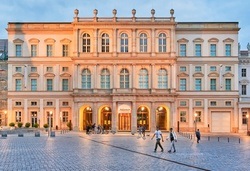 Museum
Museum
Museum Barberini
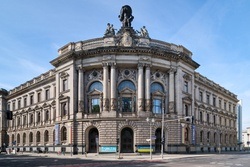 Museum
Museum
Museum für Kommunikatio…
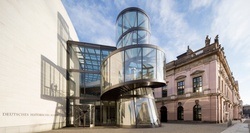 Museum
Museum
Deutsches Historisches …
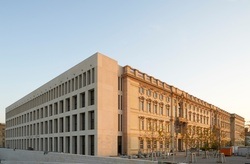 Museum
Museum
Humboldt Forum
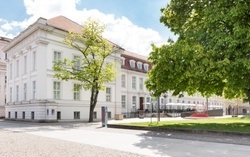 Museum
Museum
PalaisPopulaire
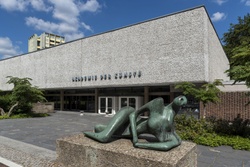 Museum
Museum
Akademie der Künste | H…
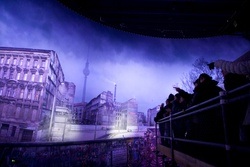 Museum
Museum
asisi Panorama Berlin
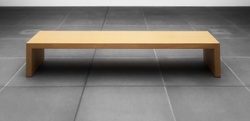 Museum
Museum
Museum Europäischer Kul…
 Museum
Museum
Berlinische Galerie
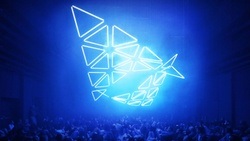 Museum
Museum
DARK MATTER Berlin
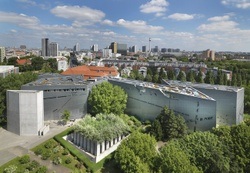 Museum
Museum
Jüdisches Museum Berlin
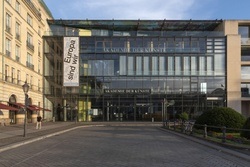 Museum
Museum
Akademie der Künste | P…
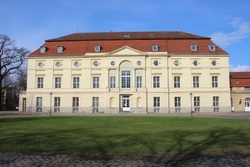 Museum
Museum
Käthe-Kollwitz-Museum B…
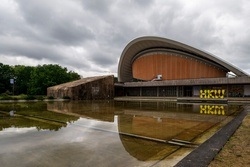 Museum
Museum
Haus der Kulturen der W…
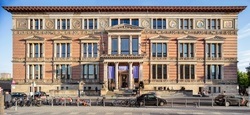 Museum
Museum
Gropius Bau
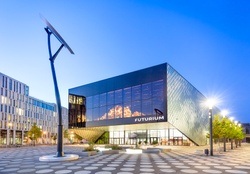 Museum
Museum
Futurium
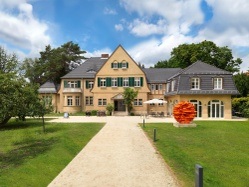 Museum
Museum
Haus am Waldsee
 Museum
Museum
Tschechisches Zentrum B…

